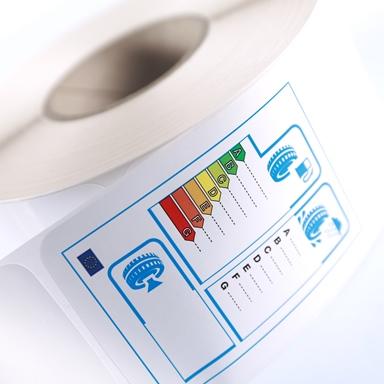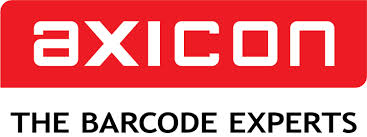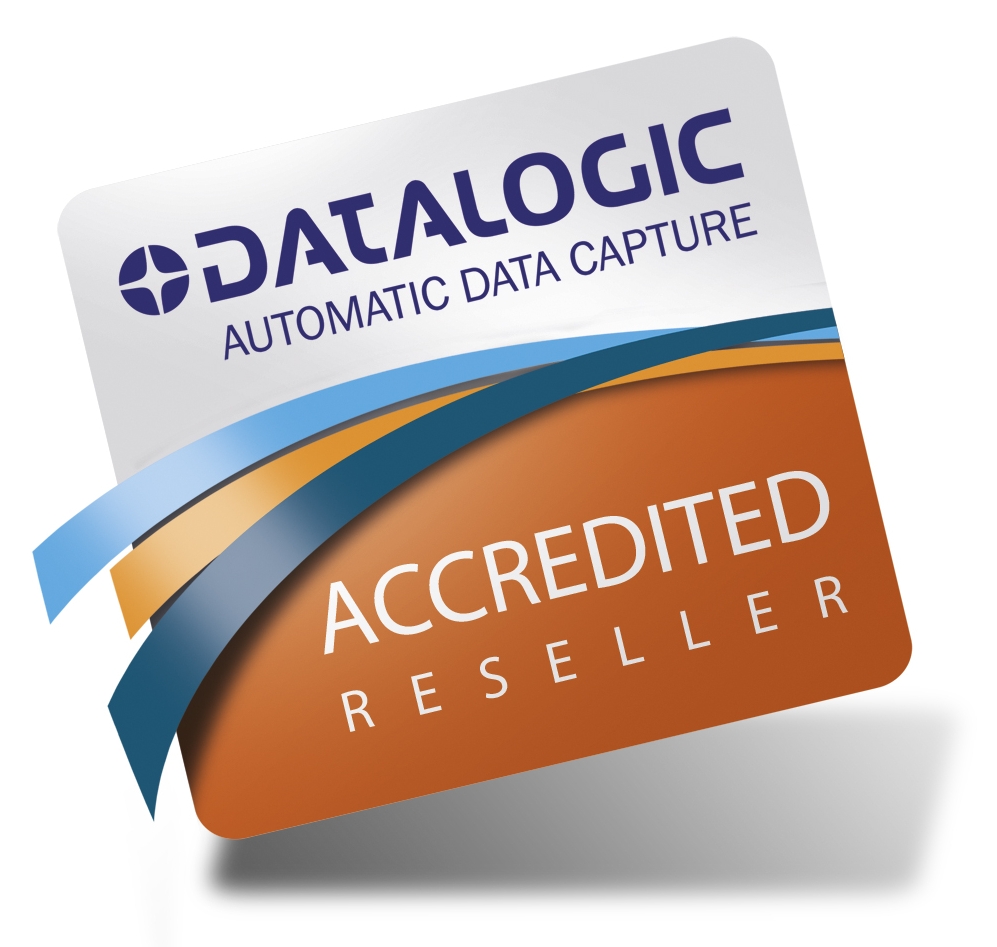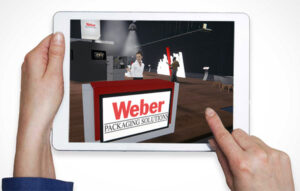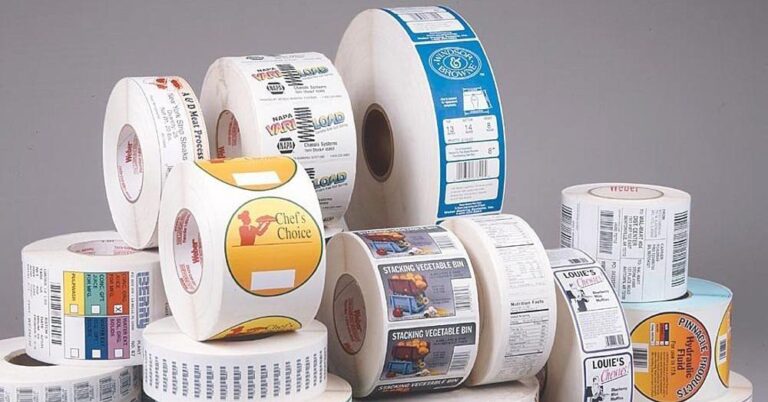
Packaging design is a crucial factor in the success of any product. It is the first point of contact that a customer has with a product, and the label plays a significant role in how the product is perceived. In recent years, film labels have gained popularity as a packaging option, thanks to their durability, flexibility, and design capabilities. In this article, we’ll take a closer look at why we love film labels and why you should, too.
What are Film Labels?
Film labels are made from a thin, plastic film material that can either be clear or translucent. They are incredibly versatile and can be used on a variety of surfaces, including paper or film liners. One of the primary reasons why film labels are so popular is that they give products a modern, sleek look. The use of clear film expands design possibilities because you aren’t limited to a die-cut shape. This means you can create labels with unique shapes and designs that would be difficult to achieve with traditional paper labels.
Versatility of Film Labels
The Eden wine label is a great example of how film labels can be used to create a visually striking design. Achieving that same design with a paper label would require a complicated die or color match to the bottle, and the dramatic pop of the white tree would be lost. Film labels, on the other hand, allow you to achieve that level of detail and create a label that stands out on the shelf.
Durability and Flexibility
Film labels are also durable and flexible. They’re made from plastic, which makes them more resistant to wear and tear than paper labels. They’re also more flexible, which means they’re better suited for curved or squeezable containers. They can withstand the harsh environments of products such as lotions and cleaning products, making them a practical choice for products that are exposed to rough conditions.
Moisture-Resistance
Another reason why film labels are so popular is that they are moisture-resistant. This makes them perfect for products that are exposed to wet environments or refrigeration. The label artwork is protected, and the design remains intact even in wet environments like showers and bathrooms. This makes them a popular choice for products that need to be stored in refrigerators, such as beverages or beauty products.
The Environmental Impact of Film Labels
While film labels offer many benefits, it’s important to consider their impact on the environment. Unlike paper labels, which can be recycled easily, film labels can be more challenging to recycle. Most recycling programs are not equipped to handle this type of plastic, and it can end up in landfills or oceans. However, some companies are working on developing more sustainable film label options that are biodegradable or made from recycled materials. It’s also worth considering the long-term environmental impact of the product itself. If a product’s packaging is designed to last longer, it could reduce waste in the long run.
Food and Beverage Industry
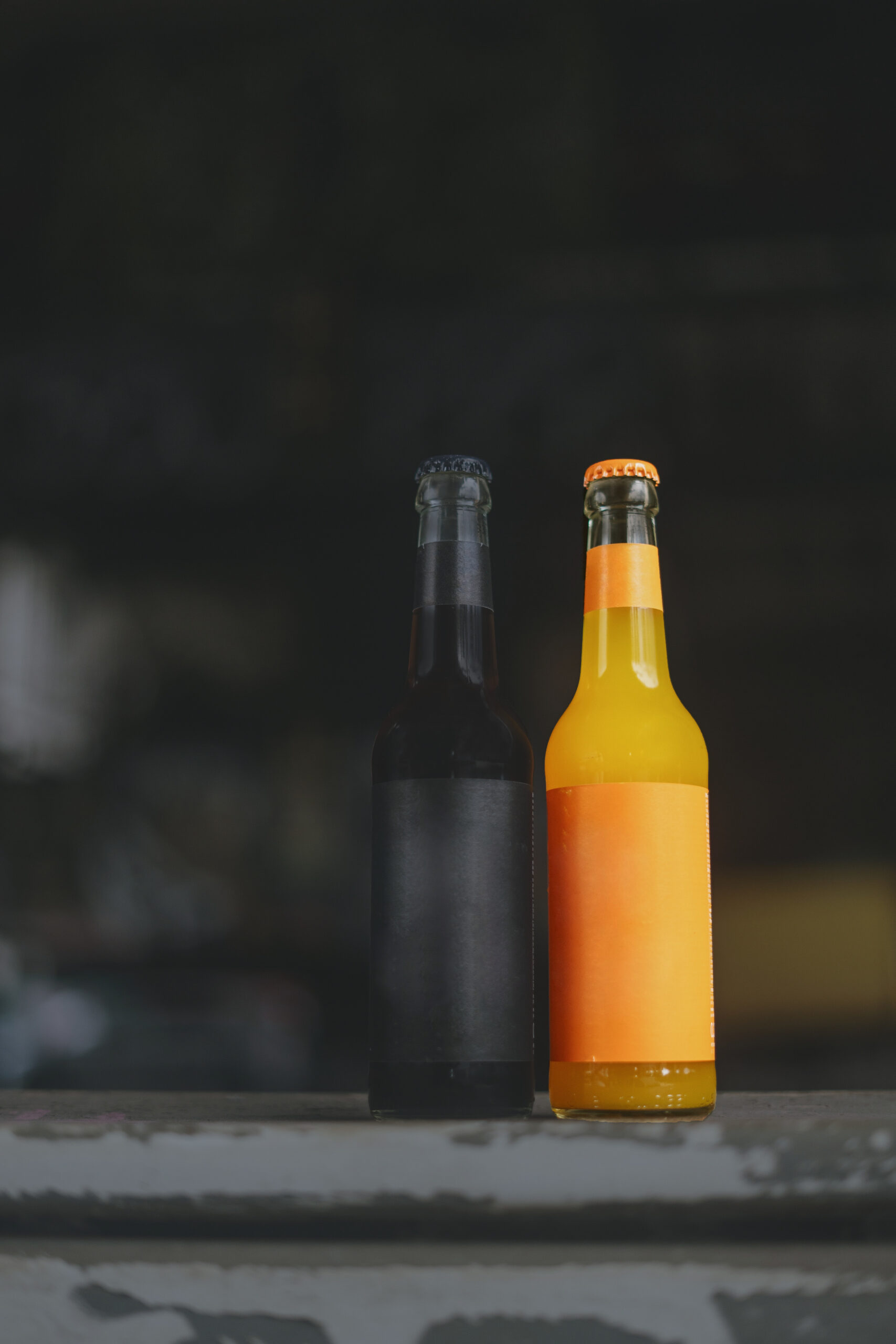 Clear film labels are particularly popular in the food and beverage industry. They’re a great choice for products that want to convey freshness since they allow the consumer to see the product inside the package. This is particularly effective for products like strawberries, where the bright red of the fruit can be used as part of the packaging design. It’s also great for juice bottles, where the colorful liquid becomes the focus of the consumer.
Clear film labels are particularly popular in the food and beverage industry. They’re a great choice for products that want to convey freshness since they allow the consumer to see the product inside the package. This is particularly effective for products like strawberries, where the bright red of the fruit can be used as part of the packaging design. It’s also great for juice bottles, where the colorful liquid becomes the focus of the consumer.
The Cost of Film Labels
While film labels offer many benefits, they can also be more expensive than traditional paper labels. The cost of production is higher, and specialized equipment is often required to apply them to the product. However, it’s important to consider the overall impact of the label on the product’s sales. A well-designed label can increase sales and customer loyalty, which could outweigh the higher production costs in the long run. It’s also worth considering the durability of film labels. Since they are less likely to wear and tear, they can reduce the need for re-labeling, which could save costs in the long run.
The Design Process For Film Labels
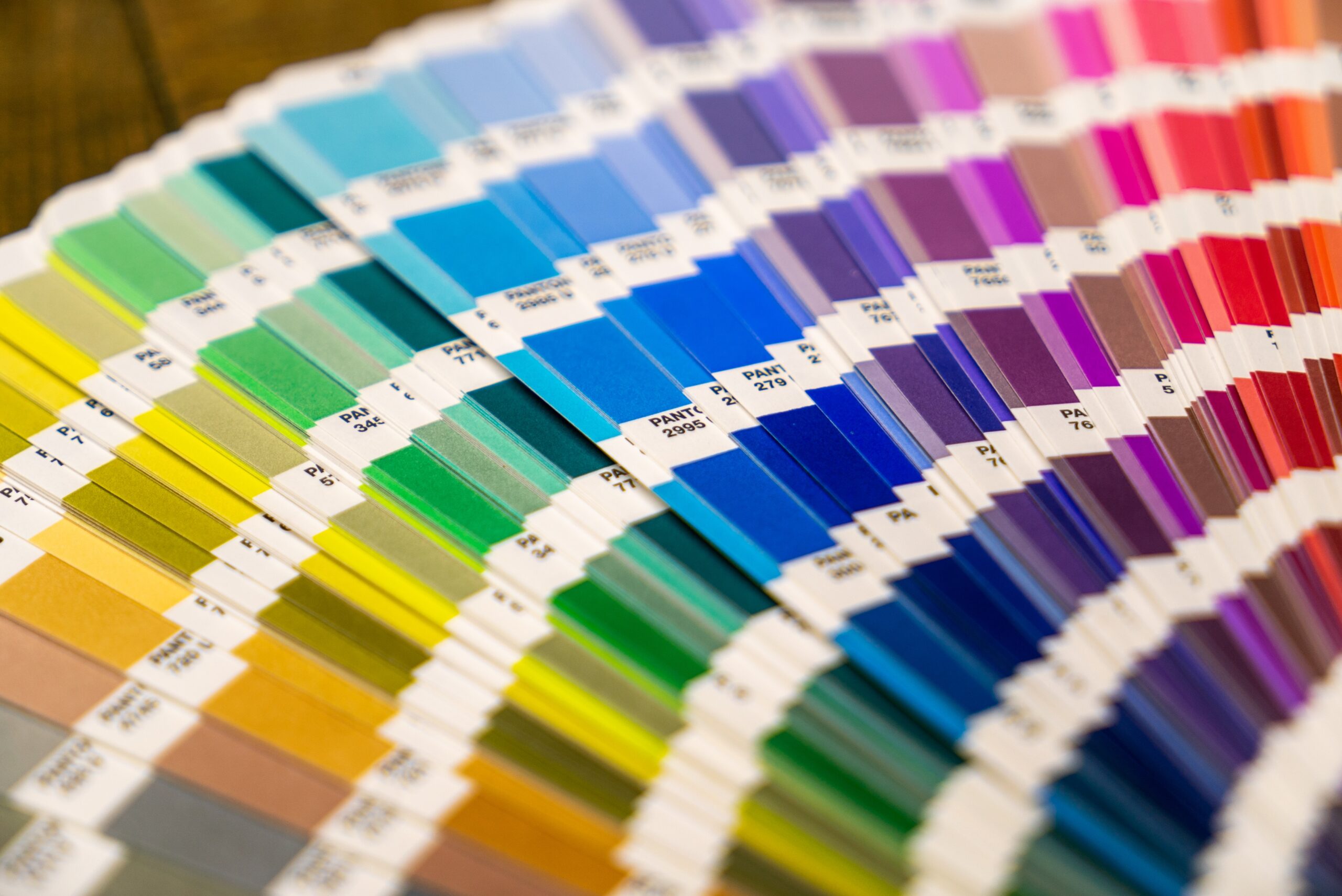 The design process for film labels can be more complicated than for traditional paper labels. Since they are more versatile, there are more design options available, but this can also make the process more challenging. It’s important to work with a design team that has experience creating film labels and understands how to use the material effectively. The design process may also require more time and iterations to get the final product just right. However, the end result can be a visually stunning label that sets the product apart from competitors. It’s worth investing time and resources into the design process to create a label that truly reflects the product and brand.
The design process for film labels can be more complicated than for traditional paper labels. Since they are more versatile, there are more design options available, but this can also make the process more challenging. It’s important to work with a design team that has experience creating film labels and understands how to use the material effectively. The design process may also require more time and iterations to get the final product just right. However, the end result can be a visually stunning label that sets the product apart from competitors. It’s worth investing time and resources into the design process to create a label that truly reflects the product and brand.
Final Thoughts
In conclusion, film labels are an excellent choice for a variety of products. They offer a modern look, are durable and flexible, and are perfect for showcasing fresh food and beverage products. If you’re looking for a label that will make your product stand out, consider film labels for your next project. Contact us today to request samples of film pressure-sensitive labels and see the difference for yourself!


